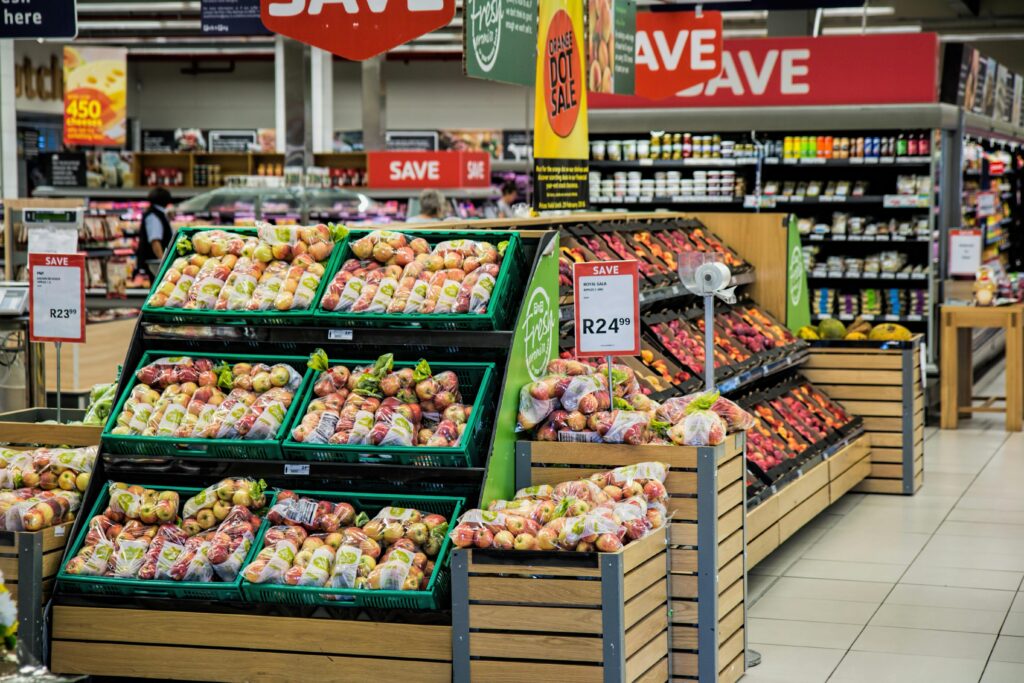Ever stared at your grocery receipt and thought, “Wait… did I just spend my rent money on kale?” Yeah, we’ve all been there. The struggle for affordable groceries is real, especially when you’re trying to eat healthy on a budget. But what if I told you there’s a way to slash your grocery bill while still stocking up on nutritious eats? Intrigued? Good.
In this post, we’ll dive deep into the art of finding affordable groceries at top-friendly markets. You’ll discover tips, tricks, and even some hard truths about navigating retail stores without emptying your wallet. Ready? Let’s roll.
Table of Contents
- Why Are Groceries So Expensive Lately?
- Step-by-Step Guide to Affordable Grocery Shopping
- Pro Tips for Scoring the Best Deals
- Real-Life Success Stories from Budget Shoppers
- FAQs About Saving Money on Groceries
Key Takeaways
- Finding affordable groceries doesn’t mean compromising on quality—it means shopping smarter.
- Top-friendly markets often have hidden discounts, loyalty programs, and bulk-buy savings.
- Avoid common grocery store traps like impulse buys and misleading sales.
- Use apps, coupons, and seasonal produce to stretch your food budget further.
Why Are Groceries So Expensive Lately?
Let’s face it: Inflation has hit the kitchen harder than last night’s spaghetti leftovers. According to recent stats, food prices have risen by over 10% in the past year. And no, it’s not just your imagination—those organic avocados really ARE more expensive these days.
The good news? It’s possible to fight back against rising costs. From strategic planning to knowing where to shop, there are plenty of ways to score affordable groceries without sacrificing taste or health.

Step-by-Step Guide to Affordable Grocery Shopping
Step 1: Plan Your Meals Before Stepping Foot in the Store
Optimist You: “Meal prep saves time AND money!”
Grumpy You: “Yeah, but who has the brainpower after work?”
No matter how tired you feel, meal planning is non-negotiable. Write down what you need for breakfast, lunch, dinner, and snacks. Stick to your list like it’s a sacred text. Pro tip: Keep staples like rice, beans, and frozen veggies as backups—they’re versatile and cheap.
Step 2: Choose Top-Friendly Markets That Align With Your Budget
Not all markets are created equal. Some offer incredible deals on fresh produce, while others excel at packaged goods. For example:
- Trader Joe’s: Known for reasonably priced organic options.
- Aldi: Offers unbeatable prices on private-label products.
- Costco: Perfect for bulk shoppers (if you’ve got room for 50 lbs of oatmeal).
Step 3: Shop Seasonally and Locally
Ever wondered why strawberries cost an arm and a leg in December? Out-of-season fruits and veggies require extra shipping and storage costs. Instead, stick to in-season produce. Bonus points if you visit local farmers’ markets—they’re often cheaper and fresher.

Pro Tips for Scoring the Best Deals
- Coupon Clipping Made Easy: Use apps like Ibotta or Honey to snag cashback offers and digital coupons.
- Join Loyalty Programs: Stores love rewarding loyal customers with exclusive deals and points redeemable for future purchases.
- Beware of the Inner Aisles: The center aisles are designed to tempt you with processed goodies. Stick to the perimeter where fresh foods live.
- Buy Generic When Possible: Name-brand cereals might look prettier, but generic brands usually taste just as good—and save you bucks.
Real-Life Success Stories from Budget Shoppers
Case Study #1: Sarah, a mom of three, cut her monthly grocery bill by 40% simply by switching to Aldi and using Ibotta regularly. She says, “I was skeptical at first, but now I’m obsessed with their $2 wine bottles.” Chef’s kiss.
Case Study #2: Mark went from spending $800/month on groceries to less than $400 by meal prepping vegetarian dishes with ingredients bought in bulk at Costco. His secret weapon? A giant bag of quinoa that somehow lasted four months.

FAQs About Saving Money on Groceries
Q: How do I know if a sale is actually a good deal?
A: Always check the unit price (price per ounce/pound). Sometimes large quantities aren’t always cheaper.
Q: What should I avoid doing at the grocery store?
A: Don’t shop hungry, don’t buy anything unplanned, and PLEASE don’t fall victim to flashy endcaps—they’re marketing goldmines.
Q: Is buying in bulk worth it?
A: Generally yes, BUT only if you’ll use the item before it goes bad. Otherwise, it’s wasted space and money.
Conclusion
Finding affordable groceries isn’t rocket science—it’s strategy. By planning ahead, choosing the right stores, and avoiding sneaky pitfalls, you can keep your fridge full without breaking the bank. Remember, it’s not about cutting corners; it’s about making every dollar count.
Now go forth and conquer those aisles, thrifty shopper. Oh, and one last thing… never underestimate the power of a solid coupon stash. Like a Tamagotchi, your grocery budget needs daily care to thrive. 🌱


